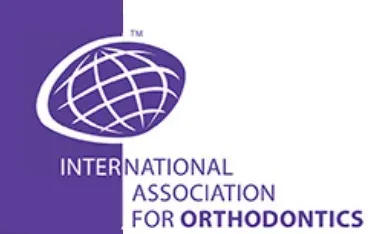April’s Tip

Third Order Artistic Wire Bends Torque or Inclination Part III Arch wire a .018 x .025 and .019 x .025 SS
By Dr. Adrian J. Palencar, MUDr, MAGD, IBO, FADI, FPFA, FICD
April 2021
The most efficient way of torqueing a tooth (teeth) is Goodman Torqueing Spring (GTS). The kit comprises two sizes of Torqueing springs – narrow, for narrower teeth; wide, for wider teeth; and the Crimping pliers. The arch wire, in which this Torqueing spring is crimped, has to be rectangular (a .018 x .025 or a .029 x .025), in order to prevent sliding and rotation.
GTS is fabricated from a .013 SS wire and may be crimped anywhere on the rectangular arch wire to torque the crown of the tooth buccally or lingually. Of course the root will move in the opposite direction. GTS comprises of a loop and a closed coil on each side of the loop. The force applied is 125 – 150 grams. The GTS may be crimped parallel with the arch wire (occlusal plane) for the maximum force, or alternatively, at 45° to the arch wire (occlusal plane) for lesser force.
If GTS is placed on two or more teeth in the same sextant, a certain amount of preparation is required:
- If anterior teeth are involved, lace back (under-tie) from the cuspid to the cuspid (a .010 SS ligature tie) to prevent tipping
- If bicuspids are involved, lace back (under-tie) from the second bicuspid to the second bicuspid, to prevent tipping
- If the labial moment on the crown (torque) is applied on multiple anterior teeth, narrow the posterior legs of the arch wire slightly
- If the lingual moment on the crown (torque) is applied on multiple anterior teeth, widen the posterior legs of the arch wire slightly
- Bend-back (cinch) distally to the molar tubes
This will compensate for the GTSs creating an arch wire expansion or contraction and thus maintaining the original arch form.
A case study; a lingual moment (torque) on the root and buccal moment (torque) was applied on the crown of the maxillary left cuspid using GTS (wide). The author initiated the labial moment (torque) on the crown of the cuspid, by placing Double vertical open loop, continued with inserting a torqued rectangular SS arch wire (using a Torqueing pliers with the key). The maxillary cuspid was a robust tooth. Therefore, the author ultimately used GTS for more acceptable result.
References
- Instruction sheet from Goodman Torqueing Spring (Ortho Arch)
- Rondeau Seminars, Case Finishing; 140 – 147




